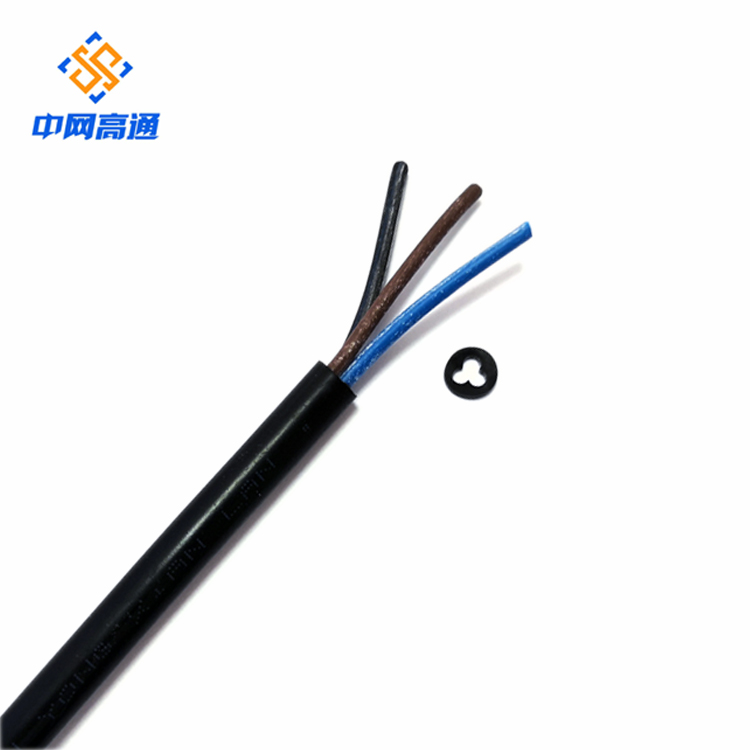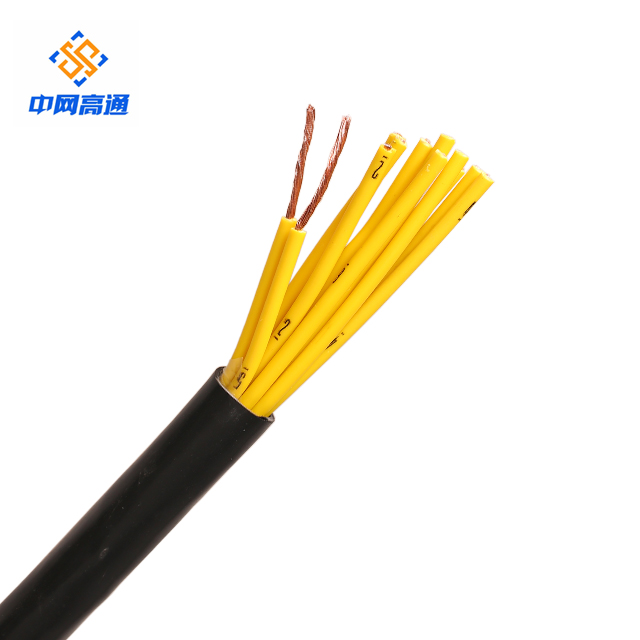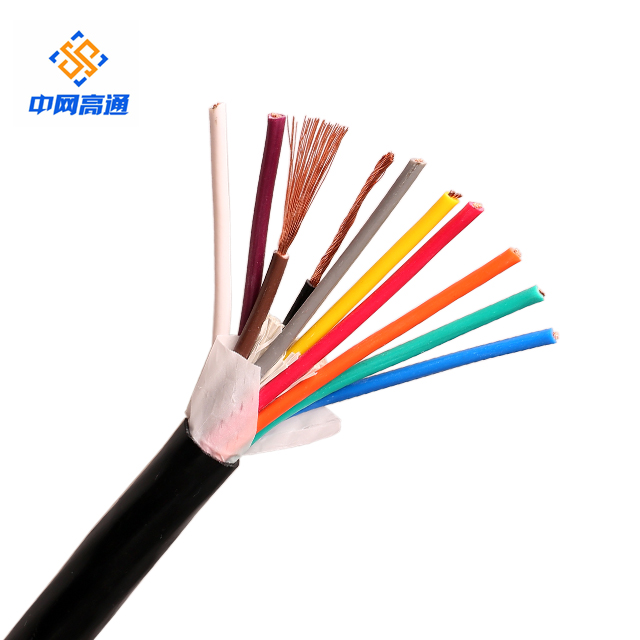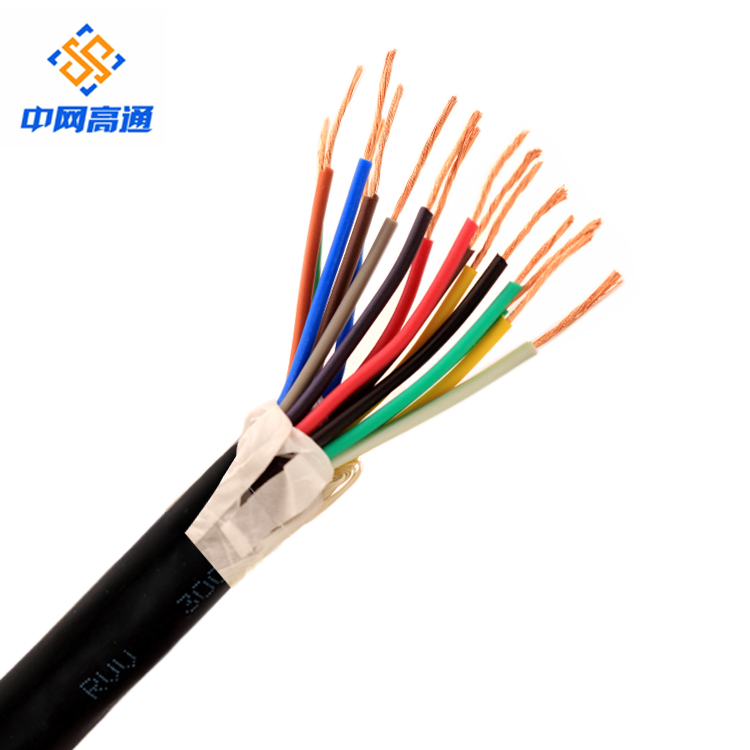Photovoltaic cables are often exposed to sunlight, and solar systems are often used in harsh environmental conditions, such as high temperature and ultraviolet radiation. In Europe, the sunny day will cause the field temperature of solar systems to reach 100 ° C. At present, we can use various These materials include PVC, rubber, TPE, and high-quality cross-link materials, but unfortunately, rubber cables rated at 90 ° C and even PVC cables rated at 70 ° C are often used outdoors.Currently, The National Golden Sun Project has been launched frequently. In order to save costs, many contractors do not choose special cables for solar systems, but choose ordinary PVC cables instead of photovoltaic cables. Obviously, this will greatly affect the service life of the system.
The characteristics of photovoltaic cables are determined by their special insulation materials and sheath materials for cables. We call them cross-linked PE. After irradiation with an accelerator, the molecular structure of the cable materials will change to provide its performance in all aspects. .
Mechanical resistance
In fact, during installation and maintenance, the cable can be routed on the sharp edges of the roof structure, and the cable must withstand pressure, bending, tension, cross tensile loads, and strong impact. If the cable jacket is not strong enough, the cable insulation It will be severely damaged, which will affect the life of the entire cable or cause problems such as short circuits, fire, and the danger of personal injury.
Cross-linking materials with radiation have high mechanical strength. Cross-linking process changes the chemical structure of polymers, and fusible thermoplastic materials are converted to non-fusible elastomer materials. Cross-linking radiation significantly improves cable insulation materials. Thermal, mechanical, and chemical properties.





